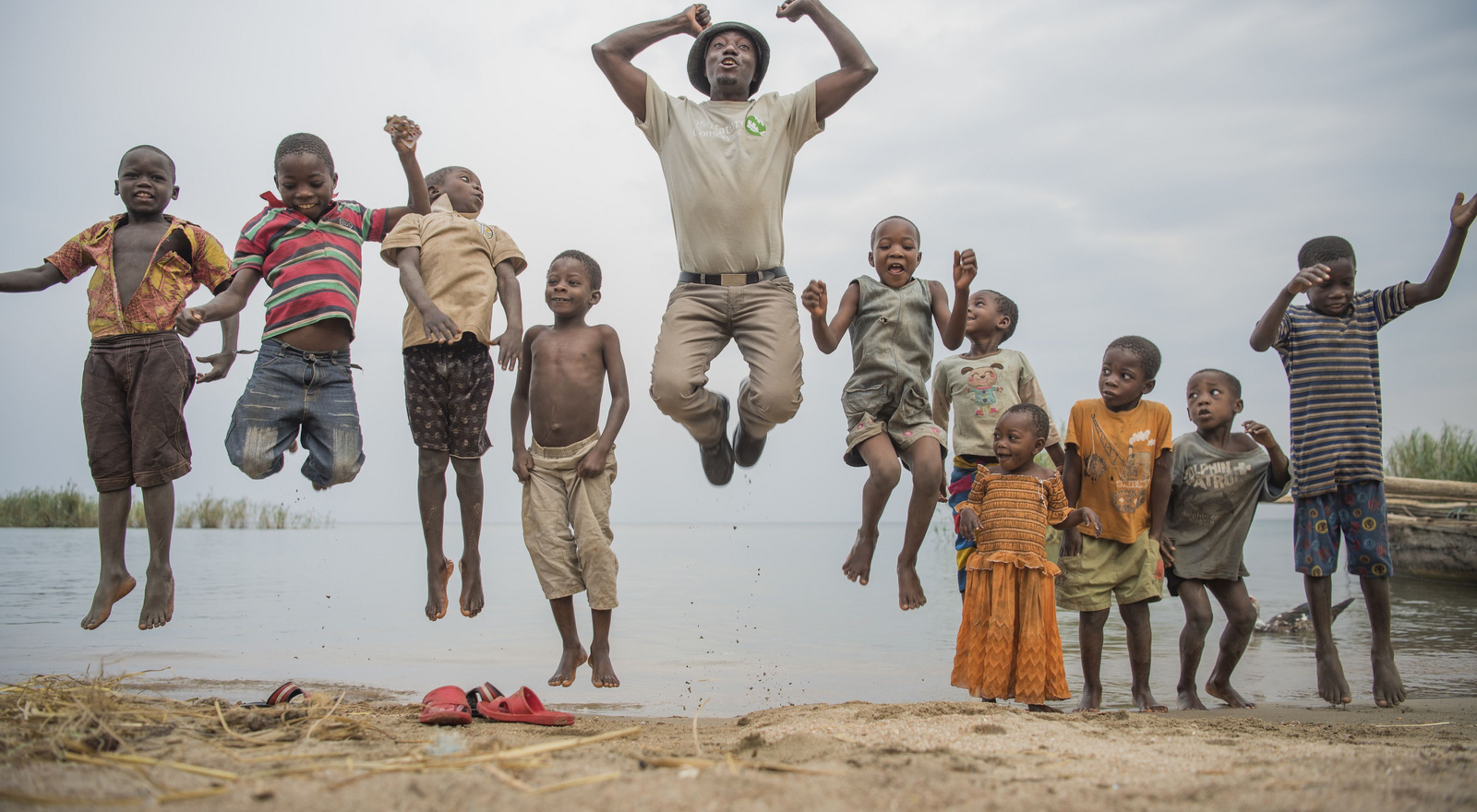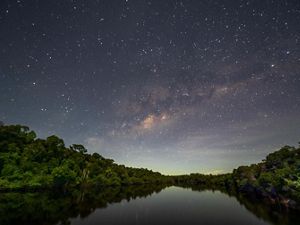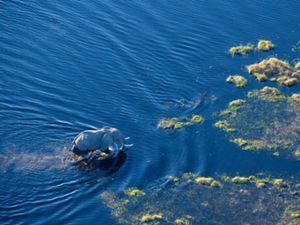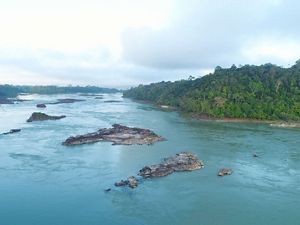Freshwater Fisheries: A community-led approach to sustaining freshwater ecosystems for biodiversity, food security and livelihoods
Despite covering less than 1% of the Earth's surface area, freshwater ecosystems contain an incredible 10% of the world’s known species and support critical fisheries on which billions of people depend.
But around the world, these fragile ecosystems are being pushed to the brink.
Since 1970, freshwater plants and animals have declined by 84% due to threats like dams, mines, deforestation and water over-extraction.
The good news is we know how to reverse this trend and build a healthy, resilient future for the planet’s freshwater ecosystems.
What is Community-Led Conservation?
Community-Led Conservation is conservation that strengthens the voice, choice and action of Indigenous Peoples and local communities to shape and manage waters and lands in ways that improve peoples' lives and safeguard biodiversity.
It starts by ensuring Indigenous People and local communities have the rights, capacity and resources to effectively manage the freshwater ecosystems that support their ways of life. As longtime stewards of their local rivers, lakes and wetlands, these communities are uniquely positioned to lead the way forward.
Through a community-led conservation approach, we’re elevating traditional knowledge to solve local ecosystem and food security challenges and co-creating new, science-based conservation strategies that can be brought to scale work around the world.

Meet the Communities Leading the Way
TNC’s freshwater fisheries work touches down in multiple geographies across Africa and Latin America—in places where Indigenous Peoples and local communities are uniquely positioned to manage and restore the health and biodiversity of their local freshwater ecosystems. Meet these communities and learn how we’re working together to restore the planet’s freshwater ecosystems—for people and planet:
Our Impact
By 2030, TNC and our partners are committed to achieving the following outcomes in the Napo, Caquetá and Tapajós river basins of the Amazon in Latin America and in three African lake and river basins: Gabon's Bas Ogooué, Upper Okavango and Lake Tanganyika.
By the Numbers
-
550,000
Hectares of lakes and wetlands with improved management.
-
230,000
People with improved security of rights or decision-making over lands, waters or resources.
-
50,000
Kilometers of river systems conserved.
-
60,000
People with improved sustainable place-based economic opportunity.




